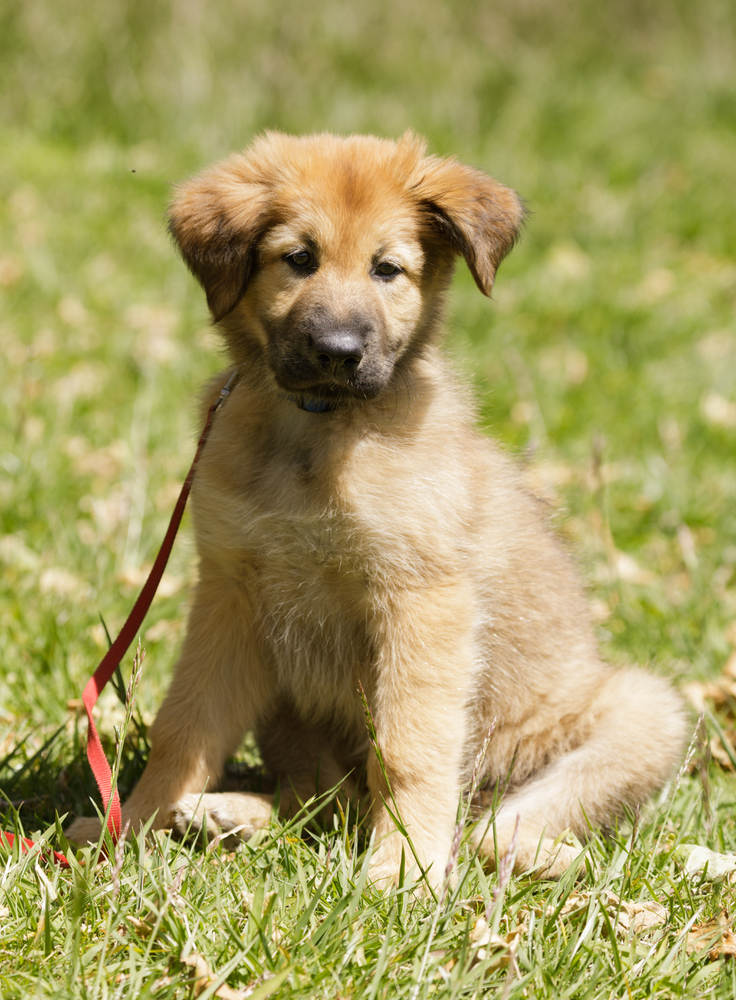
The fastest wind speed ever recorded in the world unrelated to a tornado happened less than 30 years ago.
In 1996, Australia’s Barrow Island recorded a 253 mph wind gust. Youza.
The second fastest, however, happened right here in the United States. Back in 1934, wind speeds of 231 mph were recorded atop New Hampshire’s Mount Washington. At the time, this was the fastest non-tornadic wind speed recorded anywhere in the world and today, it remains the second fastest recorded wind speed in human history.
It was fitting, then, that Arthur Walden, the lead driver and trainer of the 1929 Byrd Antarctic Expedition, named his new dog breed “Chinook.” However, contrary to popular belief, the name wasn’t inspired by the powerful, gusty winds known as chinooks. Instead, Walden chose the name in honor of a favorite sled dog he had worked with during his time in the Yukon, where he freighted supplies for gold miners from 1896 to 1902. After returning to New England fifteen years later, Walden began developing the Chinook dog breed starting with a puppy born in New Hampshire on January 17, 1917.
Walden’s goal was to create a sled dog that combined speed, power, endurance, and a good temperament, and “Chinook” would go on to become Walden’s lead dog in Admiral Byrd’s Antarctic Expedition in the late 1920s. It remains baffling to us why Chinook went on the expedition. Of the 100 dogs Walden trained for the expedition, half of them were sired by Chinook, but inexplicably, he took Chinook with him when the dog was just shy of being 12 years old.
Perhaps we are looking at the decision from the lens of 2025 dog ownership.
Despite being nearly 12 years old, Admiral Byrd wrote that Chinook could “pull with the glorious strength of a 3-year-old” when needed, and Chinook was put into harness only when the going turned very hard, a tactic that Walden used to leverage Chinook’s experience and strength without overtaxing the aging dog. Chinook’s presence on the expedition boosted morale and confidence in the dog teams, and as Walden considered Chinook his best friend, taking him along was personal.
That said, it was a costly decision. On January 17, 1929, Chinook’s twelfth birthday, he wandered away from the camp and was never found. Some have speculated that Chinook was aware that he was dying, and as animals do, deliberately left to be on his own. Others theorized that Chinook didn’t return to camp because he’s had an accident and fallen, and ultimately succumbed to the harsh Antarctic conditions. The news of Chinook’s death was heard around the world, and the loss of one of the greatest lead dogs in history was mourned by many.
In 2009, the Chinook breed, which Chinook the dog was pivotal in developing, became the official state dog of New Hampshire. The campaign began in 2008 when seventh-grade students at Roth Lurgio Middle School in Bedford met their teacher Jen Johnson Wells’ Chinook. In spring 2009, then-Senator Sheila Roberge sponsored a bill, which Johnson Wells and her students advocated for at the committee hearing. After unanimous votes by the committee and full Senate, and approval from the House, Governor John Lynch signed the bill into law in June 2009. This made the Chinook the 10th official state dog in the United States.
If you found this interesting, give this other post a read:
Top image of a 9 week old Chinook puppy by yhelfman/DepositPhoto
